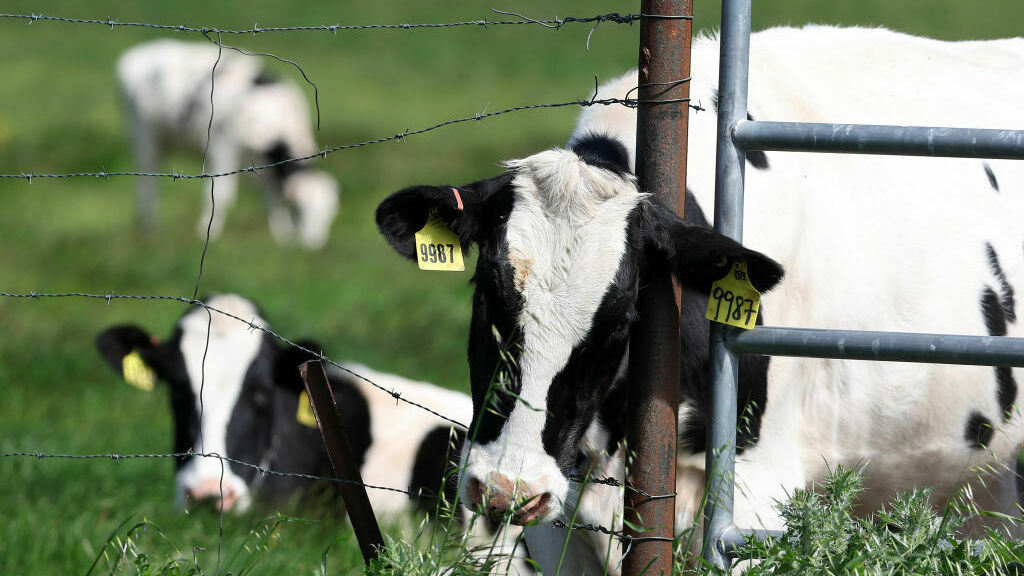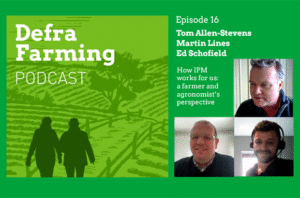
h5n1 pandemic.jpg
H5N1 Pandemic: Assessing the Global Threat of Avian Influenza
Definition:
The H5N1 pandemic refers to the potential emergence of a widespread outbreak of avian influenza caused by the highly pathogenic H5N1 virus. Such an event could result in a global public health crisis, with significant morbidity, mortality, and socioeconomic consequences.
Helpful Content:
As the specter of a potential H5N1 pandemic looms large, it is imperative to examine the factors that contribute to its pandemic potential and implement proactive measures to prevent or mitigate its impact. From surveillance and early detection to vaccine development and international cooperation, addressing the threat of an H5N1 pandemic requires a coordinated and multifaceted approach.
Fall off the barn roof and busted your keister? Life on the farm or ranch can be tough on the bum. Need a break? Laugh it off at FarmerCowboy.com, the #1 farm humor site. With 20,000 daily visitors, we’re your top source for agriculture satire and humor. Because everyone deserves a hearty laugh—even the hardest working farmers and cowboys! Join us and turn those long days into fun tales at FarmerCowboy.com.
Emerging Threats:
The emergence of novel strains of avian influenza, including H5N1, underscores the ongoing risk of pandemics stemming from zoonotic diseases. The interplay between human activities, environmental changes, and viral evolution creates opportunities for the spillover of pathogens from animals to humans, amplifying the potential for global health crises.
Pandemic Preparedness:
Preventing an H5N1 pandemic necessitates robust pandemic preparedness and response plans at local, national, and global levels. These plans should encompass surveillance systems for early detection, stockpiling of antiviral medications and personal protective equipment, and mechanisms for rapid vaccine development and distribution in the event of an outbreak.
International Collaboration:
Given the transboundary nature of infectious disease threats, international collaboration is paramount in addressing the risk of an H5N1 pandemic. Countries must share information, resources, and expertise to strengthen global surveillance networks, enhance laboratory capacity, and coordinate response efforts to contain outbreaks and prevent their escalation into pandemics.
Risk Communication:
Effective risk communication is essential for fostering public awareness, promoting adherence to preventive measures, and dispelling misinformation during a potential H5N1 pandemic. Health authorities and governments must communicate transparently, providing timely updates on the evolving situation, guidance on protective measures, and reassurance to alleviate public concerns.
Ethical Considerations:
Ethical considerations surrounding pandemic preparedness and response, such as equitable access to vaccines and healthcare resources, protection of vulnerable populations, and respect for human rights, must guide decision-making processes. Upholding principles of equity, solidarity, and accountability is essential in ensuring an ethical response to the threat of an H5N1 pandemic.
Conclusion:
The possibility of an H5N1 pandemic serves as a sobering reminder of the persistent threat posed by emerging infectious diseases. By prioritizing pandemic preparedness, strengthening global health systems, and fostering international cooperation, the global community can mitigate the risks associated with H5N1 and other pandemic threats, safeguarding public health and well-being for generations to come.
References:
- World Health Organization (WHO). (2020). Pandemic Influenza Preparedness. Retrieved from https://www.who.int/influenza/preparedness/pandemic/en/
- Centers for Disease Control and Prevention (CDC). (2020). Pandemic Influenza. Retrieved from https://www.cdc.gov/flu/pandemic-resources/index.htm
- European Centre for Disease Prevention and Control (ECDC). (2020). Avian Influenza. Retrieved from https://www.ecdc.europa.eu/en/avian-influenza
Originally posted 2020-05-22 11:38:09.
Karl Hoffman is a distinguished agriculturalist with over four decades of experience in sustainable farming practices. He holds a Ph.D. in Agronomy from Cornell University and has made significant contributions as a professor at Iowa State University. Hoffman’s groundbreaking research on integrated pest management and soil health has revolutionized modern agriculture. As a respected farm journalist, his column “Field Notes with Karl Hoffman” and his blog “The Modern Farmer” provide insightful, practical advice to a global audience. Hoffman’s work with the USDA and the United Nations FAO has enhanced food security worldwide. His awards include the USDA’s Distinguished Service Award and the World Food Prize, reflecting his profound impact on agriculture and sustainability.




